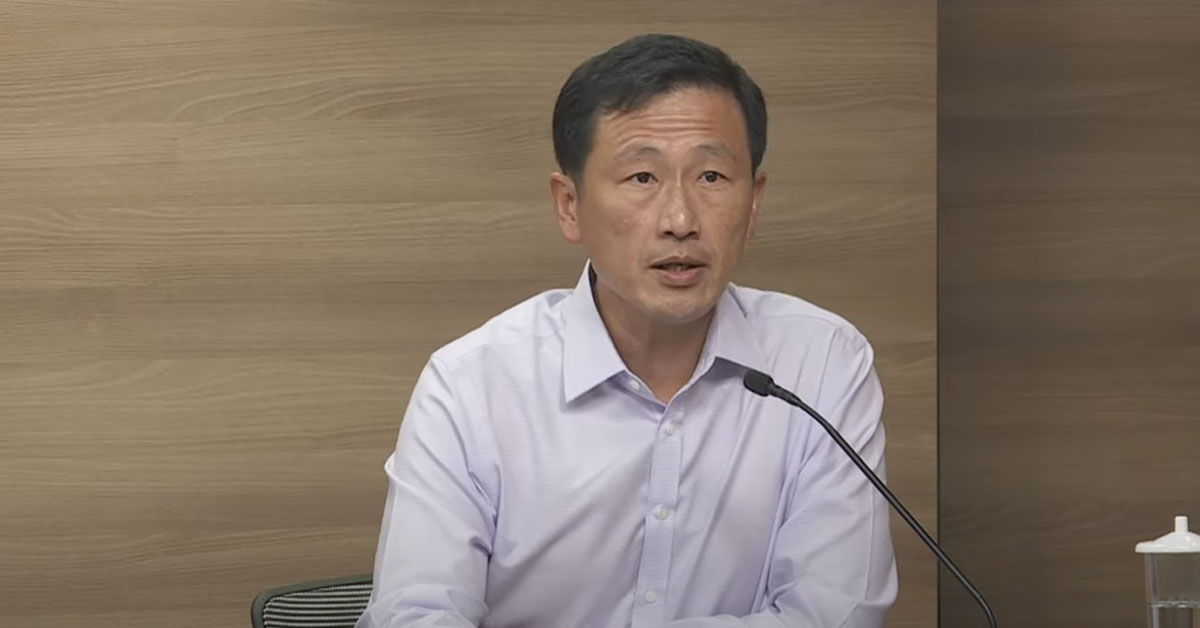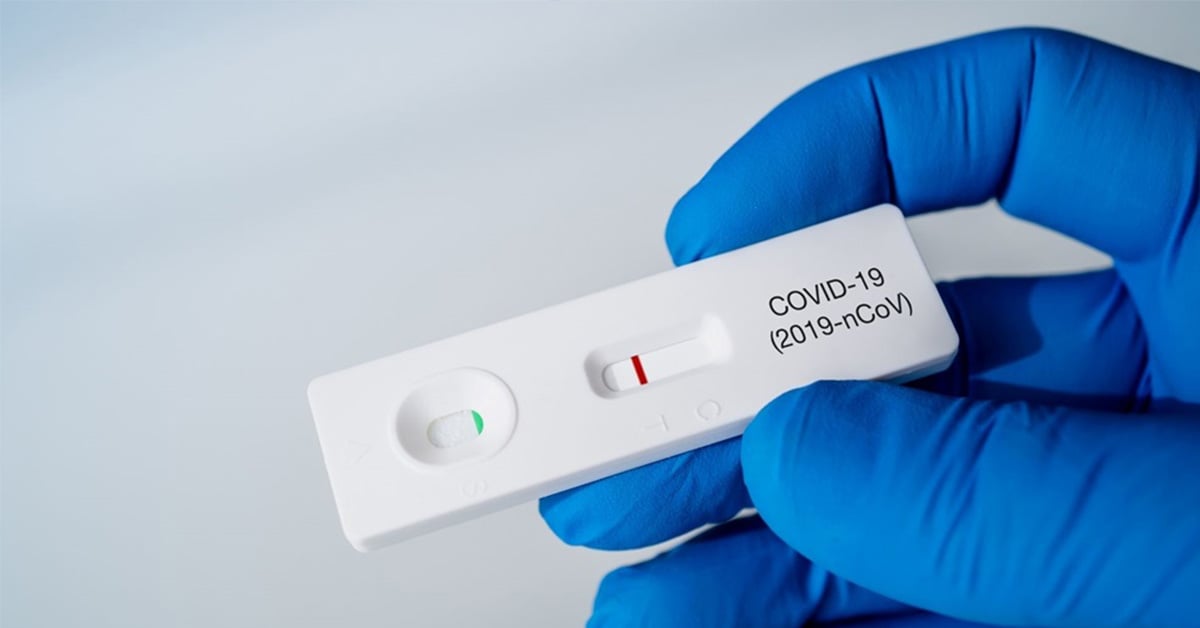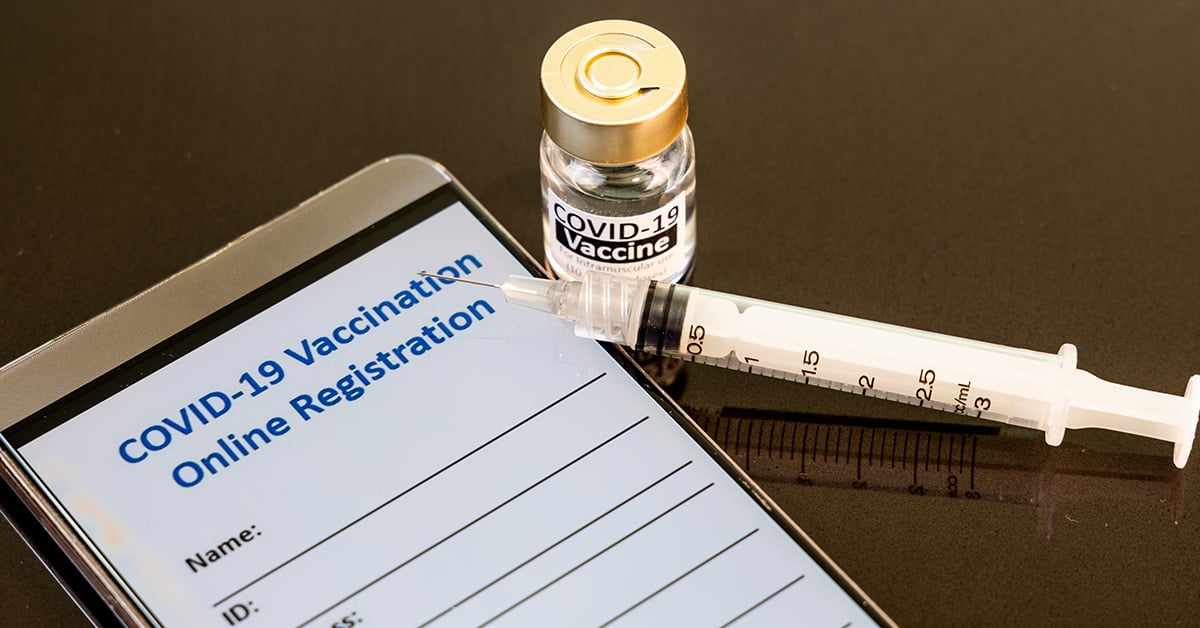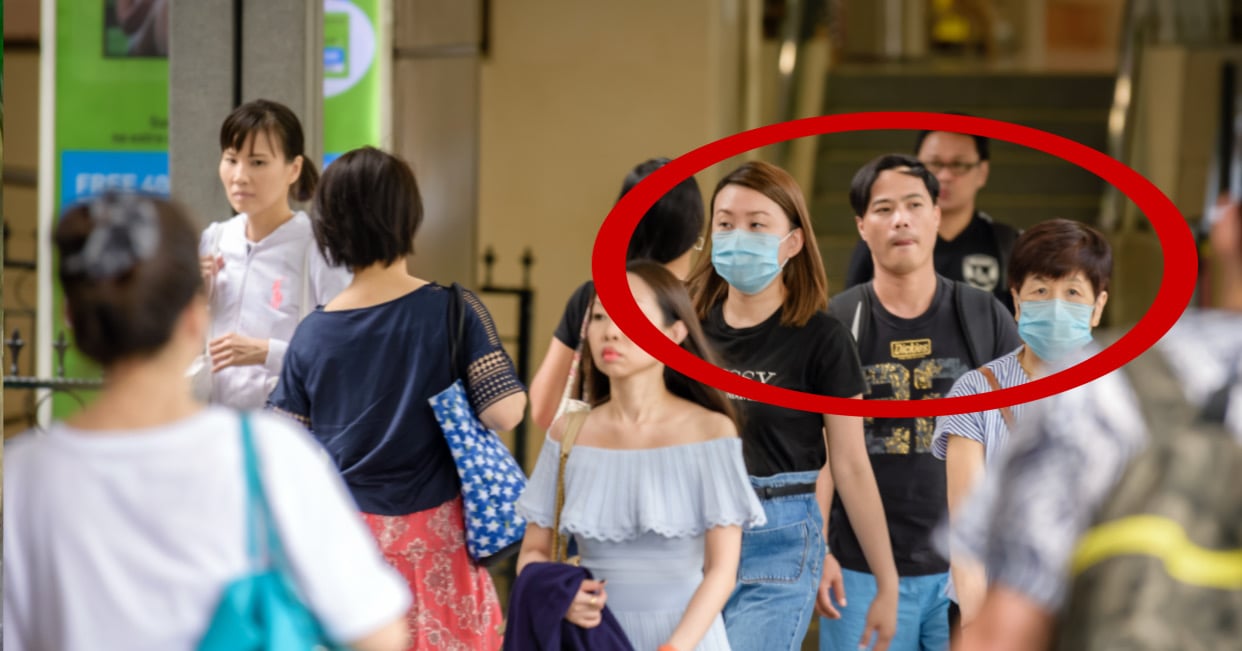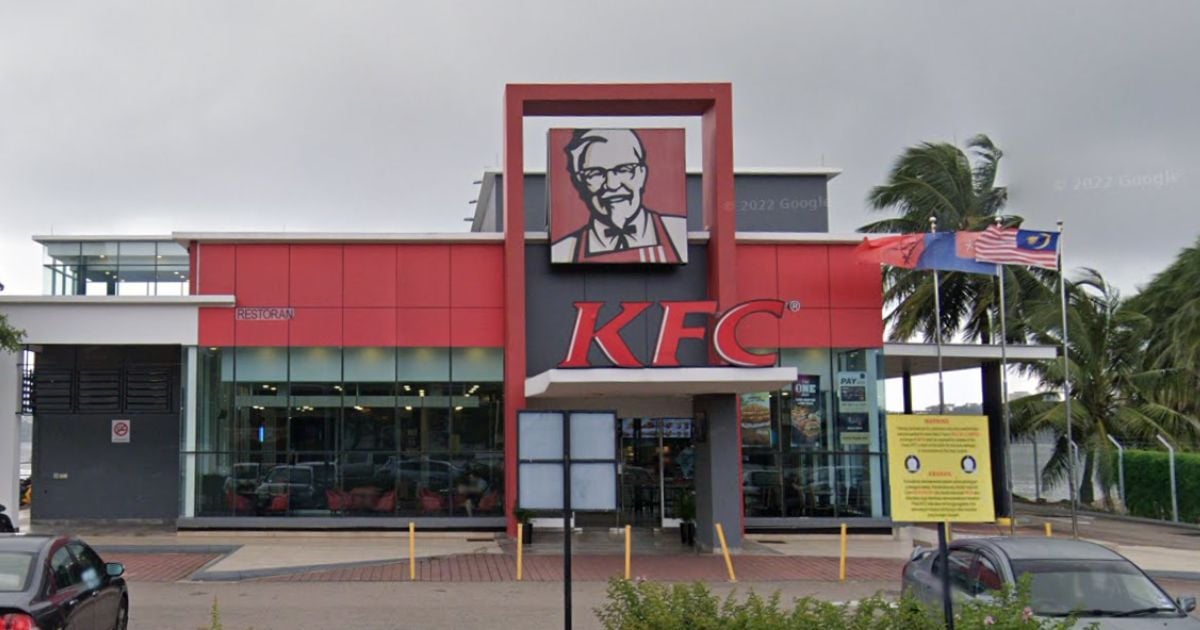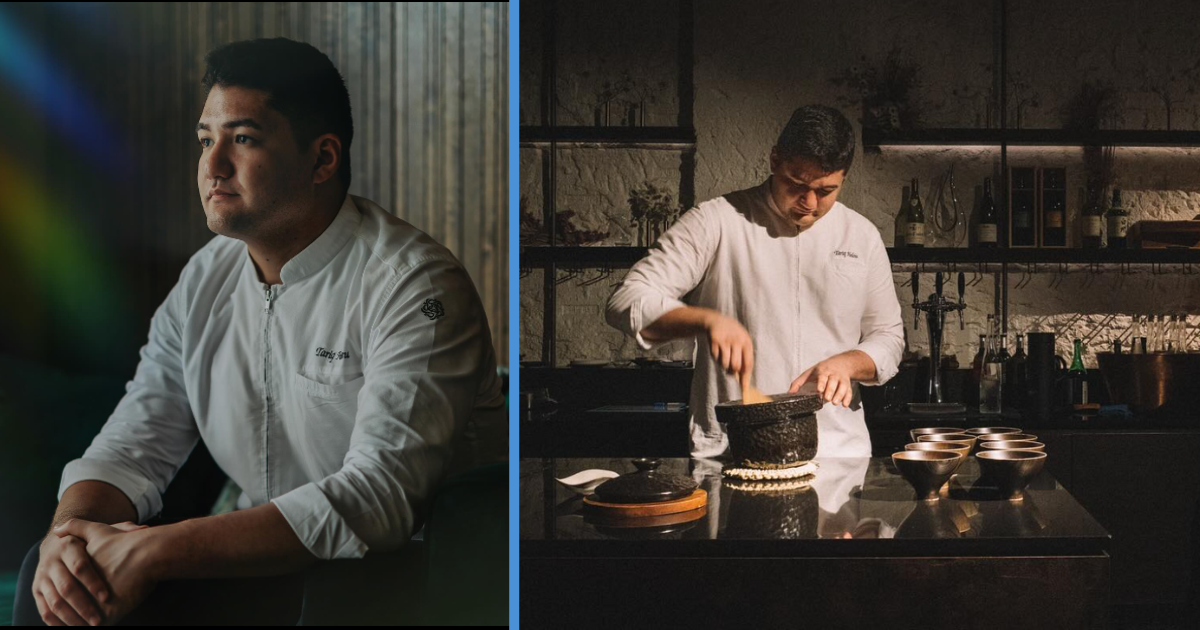Yesterday, Finance Minister and face of the fight against COVID-19, Lawrence Wong, said on Facebook that the multi-ministry task force fighting COVID-19 would update us of any new measures due to the rising KTV cluster “soon”.
It didn’t take long because today, the deets are out, and let’s just say that COVID-19 has, once again, thrown us a curveball.
Here’s what you need to know.
Suspension of All Pivoted Nightlife Establishments Until 30 July
It starts from here, and it’ll stop here.
Since October 2020, nightlife establishments have not been allowed to operate but, upon representation by the industry, have been allowed to pivot into F&B operations.
MOH has detected a number of clusters in multiple KTV lounges or nightclubs that had pivoted to operate as Food & Beverage (F&B) establishments. To break potential chains of transmission, they have undertaken testing operations for staff and those who have visited these identified premises. However, they are still finding more cases and clusters in such similar settings.
There will now be a two-week suspension of operations from 16 July 2021 through 30 July 2021 for all nightlife establishments that had pivoted into F&B establishments. There are over 400 such establishments, and they will be individually notified about the suspension.
During this period, all the staff of these establishments will be tested, and the authorities will also inspect the SMM protocols in these establishments, and ensure these are properly implemented, before they are allowed to resume F&B operations.
Dine-In Will be Back to 2 People
Just four days ago, we were allowed to dine in groups of five, but because of some satay lovers, dining-in at F&B establishments will be dialled back to groups of up to 2 persons, i.e. a decrease from the groups of up to 5 persons allowed currently.
This (plus all the new measures mentioned below) will start from 19 July to 8 August.
But…if you’re fully vaccinated, you can still dine in groups of 5. That is, if all your friends are fully vaccinated. Or that you even have friends in the first place.
MOH will allow fully-vaccinated individuals to continue to dine-in in groups of up to 5 persons, at participating F&B establishments that have put in place systems to check the status of such individuals.
An individual is considered fully-vaccinated two weeks after he or she has received two doses of Pfizer-BioNTech/ Comirnaty or Moderna vaccines. Unvaccinated individuals with a valid negative pre-event test (PET) result or recovered individuals are of similarly lower risk, and may also join in such groups of 5.
You can know more about the vaccines in Singapore here:
Exception for Dining In With Four Other People
Children below the age of 12 are currently ineligible for any COVID-19 vaccine in our national vaccination programme, so members of the same household can dine together with their unvaccinated children aged 12 years and below, without the need for PET for the children.
This whole group should not exceed 5 persons. If the children are not from the same household, then they should constitute not more than half the dine-in group.
In summary, the following individuals will be eligible to dine-in in a group of up to five persons in an F&B establishment:
- A fully vaccinated person;
- A person who has recovered from COVID-19 (within 270 days);
- An unvaccinated person who has a valid negative PET result for the duration of his dining-in; or
- A child aged 12 years and below.
Confused? Then just dabao lah, because it’s going to get a tad more confusing.
Eateries Must Check
Here’s the tricky part: unlike pimples that are obvious on our faces, you can’t tell if a person is fully vaccinated or not. Nevertheless, the eateries have to check since they’re already implemented SafeEntry.
This begs the question: how about hawker centres? Is the chicken rice stall uncle going to check your TraceTogether app when he serves the chicken rice to your table? Or does that responsibility belong to the drinks stall?
Well…
Hawker Centres, Food Courts & Coffee Shops Will Still Be Limited to 2 P Per Group
As hawker centres, food courts and coffee shops have a more porous setting and generally do not impose mandatory SE check-in, it would be very challenging to check the status of individuals before they seat themselves at a table.
Hence, group sizes will be limited to 2 persons for hawker centres, food courts, and coffee shops as a default.
No Changes in Wedding Receptions
Wedding receptions will continue at the current group size of up to 5 persons per table, without the requirement for all individuals in the group to be fully vaccinated. There will be no change to the PET requirement, i.e. up to 250 persons with PET and 50 persons with PET only for the wedding party.
After all, if you’re getting married soon, you probably won’t have satay in Toa Payoh, right?
Changes in Indoor high-intensity mask-off activities
The group size will be reduced to no more than 2 persons, in classes of up to 30 persons including the instructor, without the need for testing or vaccination.
These activities can continue in groups of up to 5 persons in classes of up to 30 persons provided all individuals in the class are fully vaccinated, or are a recovered patient, or have a valid negative COVID-19 test result covering the duration of the class.
However, for activities that involve children aged 12 years and below who are not vaccinated, the group size limit will remain at 2 persons, in classes of up to 30 persons.
The class size of up to 30 persons is also subject to the venue’s capacity limit, whichever is lower.
Social Gathering in Workplace Not Allowed
Currently, the default working mode is to work at home, but if you need to be in your workplace, you can have social gathering in less than 5 per group.
Now, due to satay lovers, social and recreational gatherings at the workplace will be disallowed and work-related events (e.g. product launches, townhalls) should continue to not serve F&B at the event itself.
Goal Now is to Ensure ICU Capacity Isn’t Overstretched
Health Minister Ong Ye Kung said that the deciding factor on how much to tighten safe management measures is based on the capacity of hospitals, particularly how overstretched intensive care units (ICUs) may be.
He said, “If we see that the capacity is under pressure, we will need to tighten up
“So if in the next few days, more people fall sick and (get admitted to) ICU, say it’s 25 people. In one week, it will be 50. One more week, 100. One more week, 200. One more week, about 500. Fifth week, 1,000. System collapses.
“Five weeks is what it takes. We cannot wait five weeks. By the third week, if you see the number go up, action has been taken, quickly and rewind this back to Phase Two (Heightened Alert)”
In other words, here’s hoping that people who love satay also love to take COVID-19 vaccines.
How the KTV Cluster Will be Ringfenced
To mitigate the risk of wider, undetected community transmission, MOH will aggressively ringfence cases emerging around the KTV cluster through the use of SafeEntry (SE) data on these people:
Individuals who have been identified to have visited hotspots at the same time as a confirmed COVID-19 case
These individuals will receive an SMS “Health Risk Warning”, and will be required under the law to get tested at a designated testing centre and self-isolate until they receive a negative test from their first polymerase chain reaction (PCR) test. As such individuals who test negative could still be incubating the virus, they should still limit their interactions with others as an added precaution for 14 days from their last exposure and only undertake essential activities during this period.
These individuals will also be issued with self-test Antigen Rapid Test (ART) kits when they come forward to do their first PCR test. They will be required to self-administer an ART test on the 7th day from the last exposure to confirm that they are not infected.
They will also be required to undergo another PCR test at designated testing centres around the 14th day from their date of last known exposure for assurance that they are not incubating the virus.
If these individuals should develop any acute respiratory infection (ARI) symptoms, such as cough, runny nose, or fever, they should see their doctor immediately.
Individuals who have visited the locations where these nightlife establishments operating as F&B establishments are located in
A “Health Risk Alert” SMS will also be sent to individuals who have visited the locations where these nightlife establishments operating as F&B establishments are located in, or at other similar establishments flagged out by the Singapore Police Force.
However, unlike “Health Risk Warning”, these individuals are not subject to actions required by the law. However, they should monitor their health and limit their interactions with others for 14 days from their last exposure as an added precaution.
They are encouraged to also purchase self-test ART kits from retail pharmacies and do self-tests regularly over the 14 days.
Individuals Who Suddenly Like to Eat Satay
And finally, individuals who have recently visited such nightlife establishments now operating as F&B establishments, and/or interacted with social hostesses in any settings between 29 June 2021 to 15 July 2021 are to come forward for a free swab test. They may also go to a private clinic and pay for tests.
Similarly, individuals who develop any ARI symptoms, such as cough, runny nose or fever, should see their doctor immediately, regardless of whether you’ve ordered any satay in the last 14 days.
Featured Image: YouTube (CNA)
